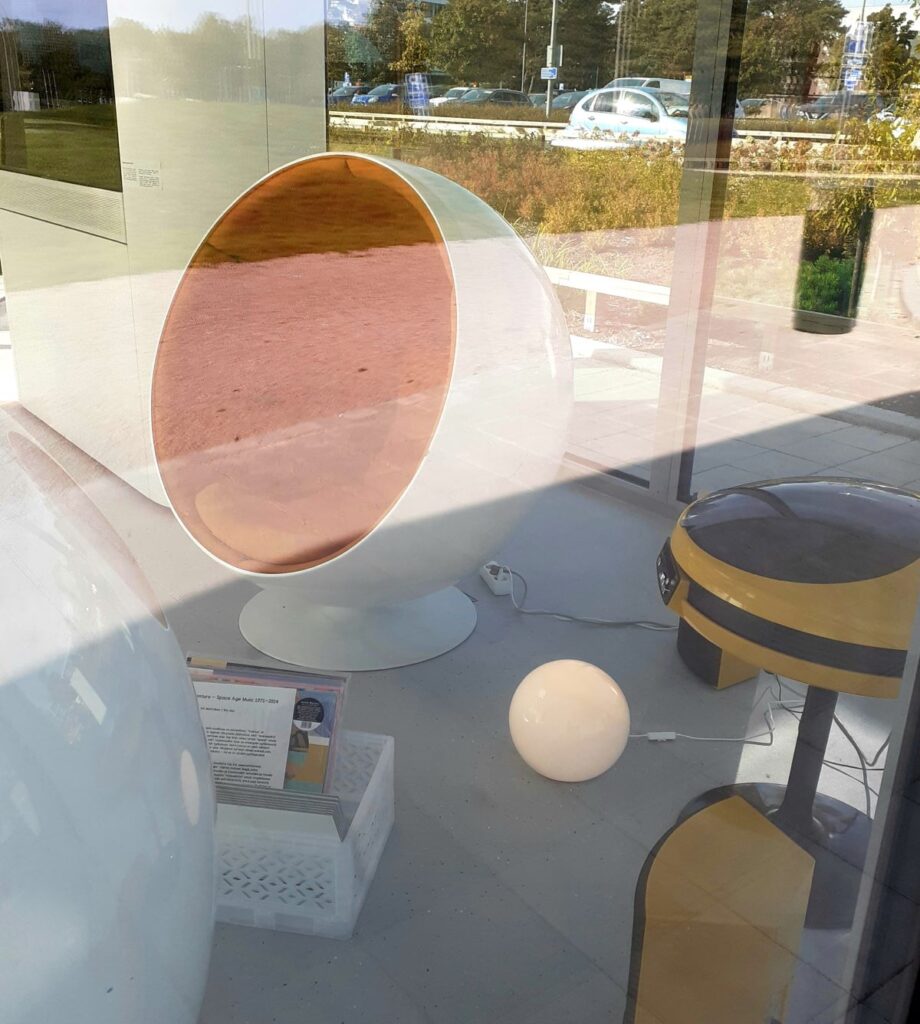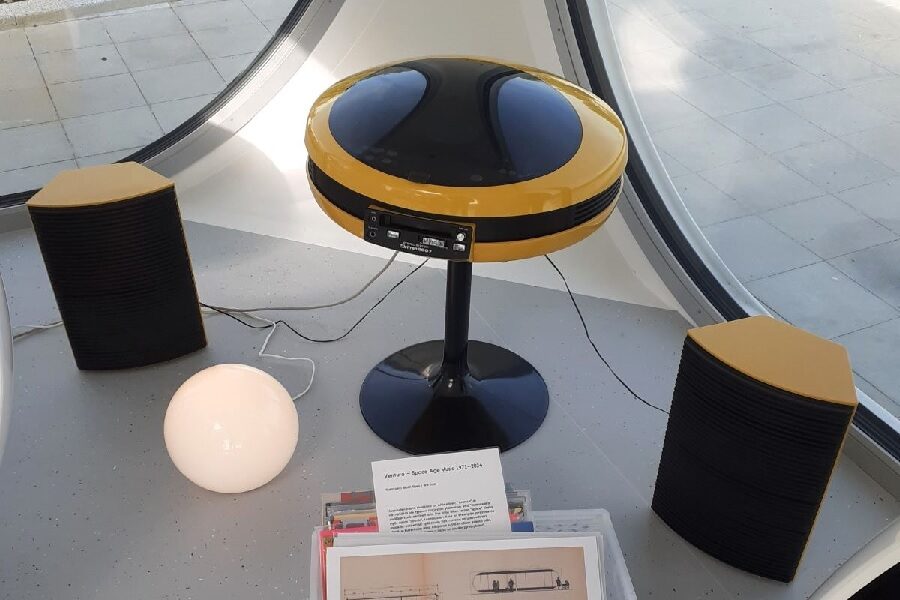Venturo or Venturo House, also known as the model CF-45, is a modular, insulated and transportable building system. It was designed by the Finnish architect Matti Suuronen (1933-2013) in 1971, the same who designed the world-famous round-shaped Futuro House (CF-100/200) in 1969 (below), and a grill kiosk (CF-10) in 1970, all belonging to Suuronen’s Casa Finlandia series. The model number indicates the floor area in square meters.
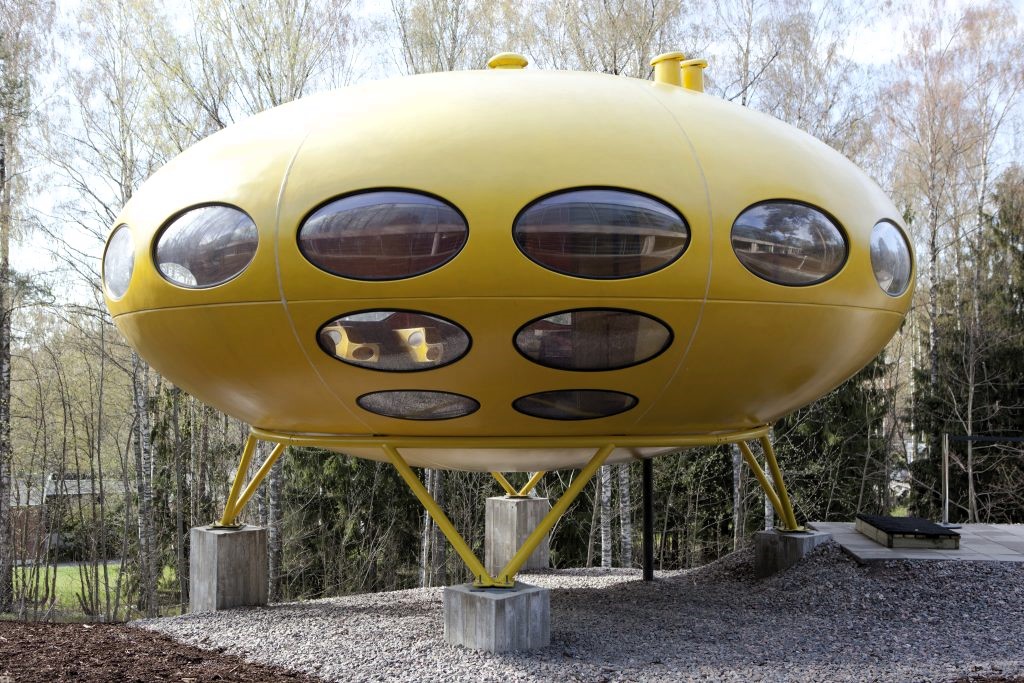
Venturo House is a prefabricated house composed of fiberglass-reinforced polyester plastic, polyester-polyurethane, and acrylic glass. The walls and top are made of double-layer fiberglass with two inches thick polyurethane foam and the floor is made of plywood. The floor area is 45 m² and the house weighs four tons. It was shipped in two modules, one containing the bathroom, kitchen and sauna and the other including the filler pieces. Where the Futuro House was designed for living (they still are in various places all over the world), Venturo is more like a “weekend cottage” or a bungalow. At the time of its introduction, Venturos were also used as small shops and retail kiosks. Three Venturos were imported to Sweden and used as gas stations for BP. Due to the 1973 oil crisis, only 19 Venturo Houses were manufactured by the Finnish company Oy Polykem Ab. However, the license was sold to 23 companies around the world and some houses were presumably produced eg. in Japan. Unlike the Futuro, that still looks striking, but also like a product of its time, Venturo represents ultramodern design: no way of telling whether it was designed back in the Seventies or yesterday.
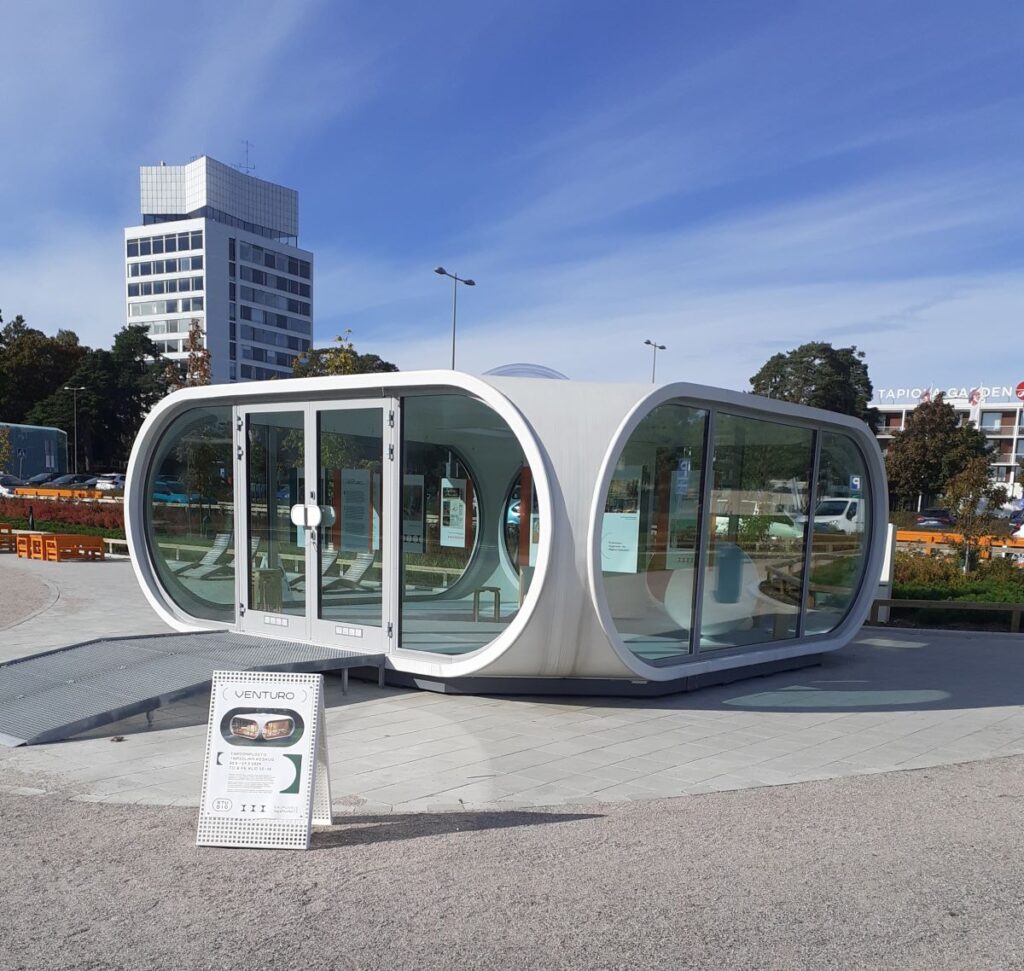
While walking around the Venturo (Tapiola, Espoo) one day I saw something arresting inside: a stereo system Weltron 2007 from circa 1972 (ie. a year after the Venturo). The disk-shaped all-in-one system on a typical 1970s stand, sporting a stereo amplifier, a turntable, a cassette player, plus two separate passive speakers.
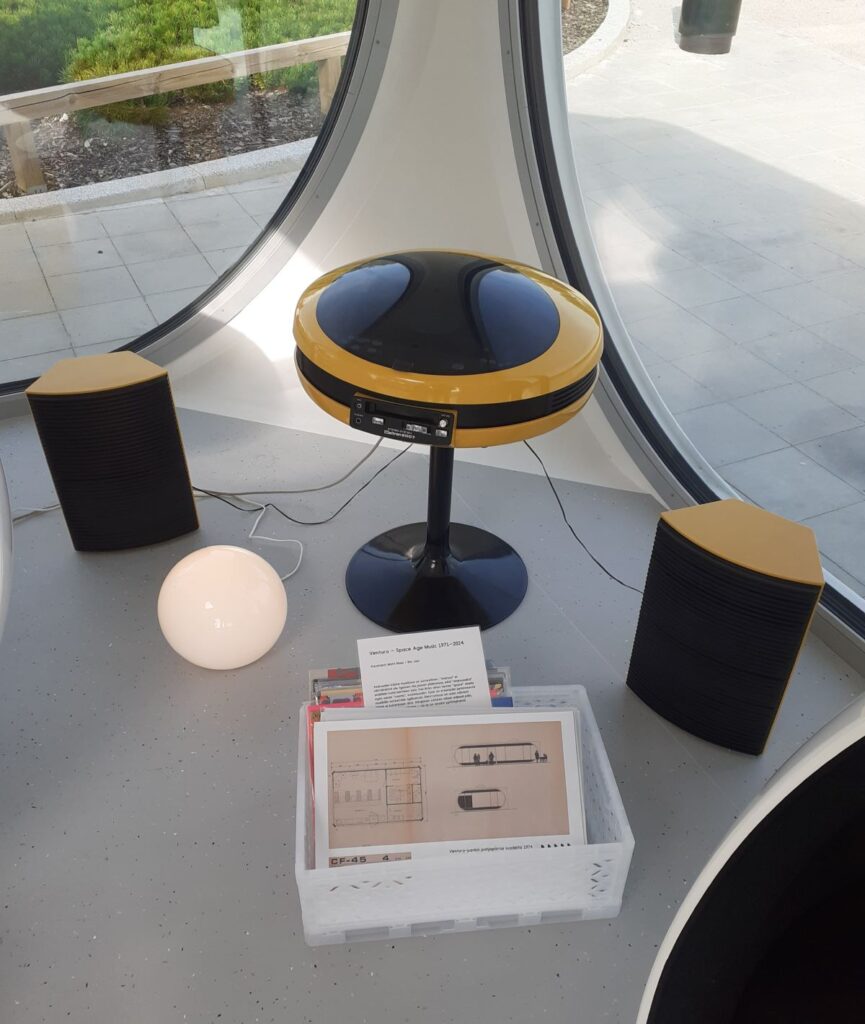
WELTRON
Back in 1972 Weltron was an electronics manufacturer and retailer, based in Oxford, North Carolina USA. Some of their products were sold under different brands in different countries. Weltron’s early product range was known for its Space Age design. According to Wikipedia, the Weltron name was first used by Womack Electronics that filed a trademark application for the brand, in order to produce cathode ray tubes, in 1962. Later the production covered radios, antennas and other electric devices such as electric organs and electric guitars (Wiki).
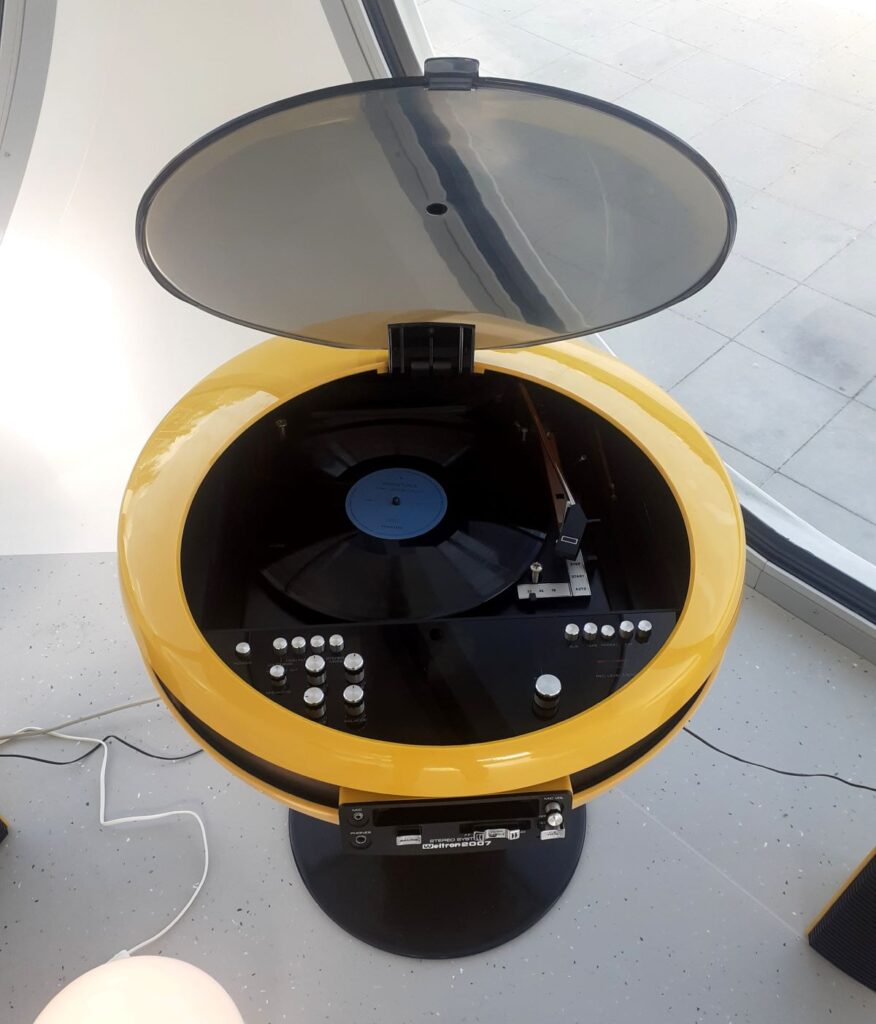
In 1968 James Pratt Winston left the company and started a new Weltron company, focusing first on guitars and other musical instruments, but soon begun to develop its own bespoke product line. It was Winston that came up with the idea of a spherically-shaped stereo FM radio/cassette deck that could run on mains and battery power. The first was Model 2001 from 1970–71, and building upon its success the company developed other models, sold under the “New Shape of Sound” line. These included the Model 2002, a spherical AM/FM stereo radio (with Model 2003 spherical speakers), as well as the Model 2005 from May 1973. The Model 2007 that filled the Venturo with pleasant music, was first presented in 1975, followed by the Model 2010 from 1977. In 1980 Winston founded a new company, Winston International, that about five years later purchased the Weltron brand (Wiki). Seems that spare parts for the old Weltron stereo systems are still available. Whether it was the context or not, I must admit that I liked the way Weltron 2007 managed to reproduce music from mainly jazz LPs. Absolutely nothing to be ashamed of!
Next to Weltron 2007 system, there was Eero Aarnio’s famous Ball-chair with its own sound system. But that’s another cup of tea.
